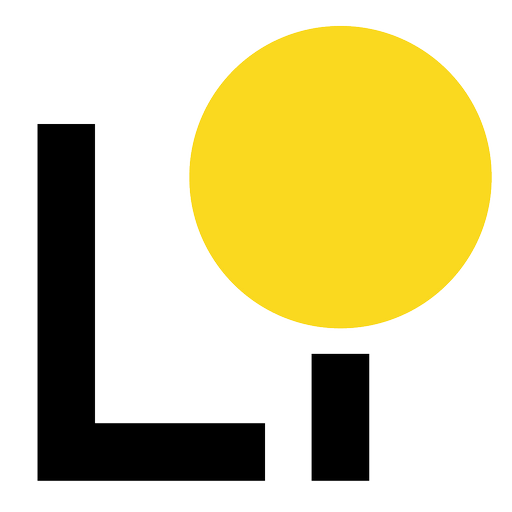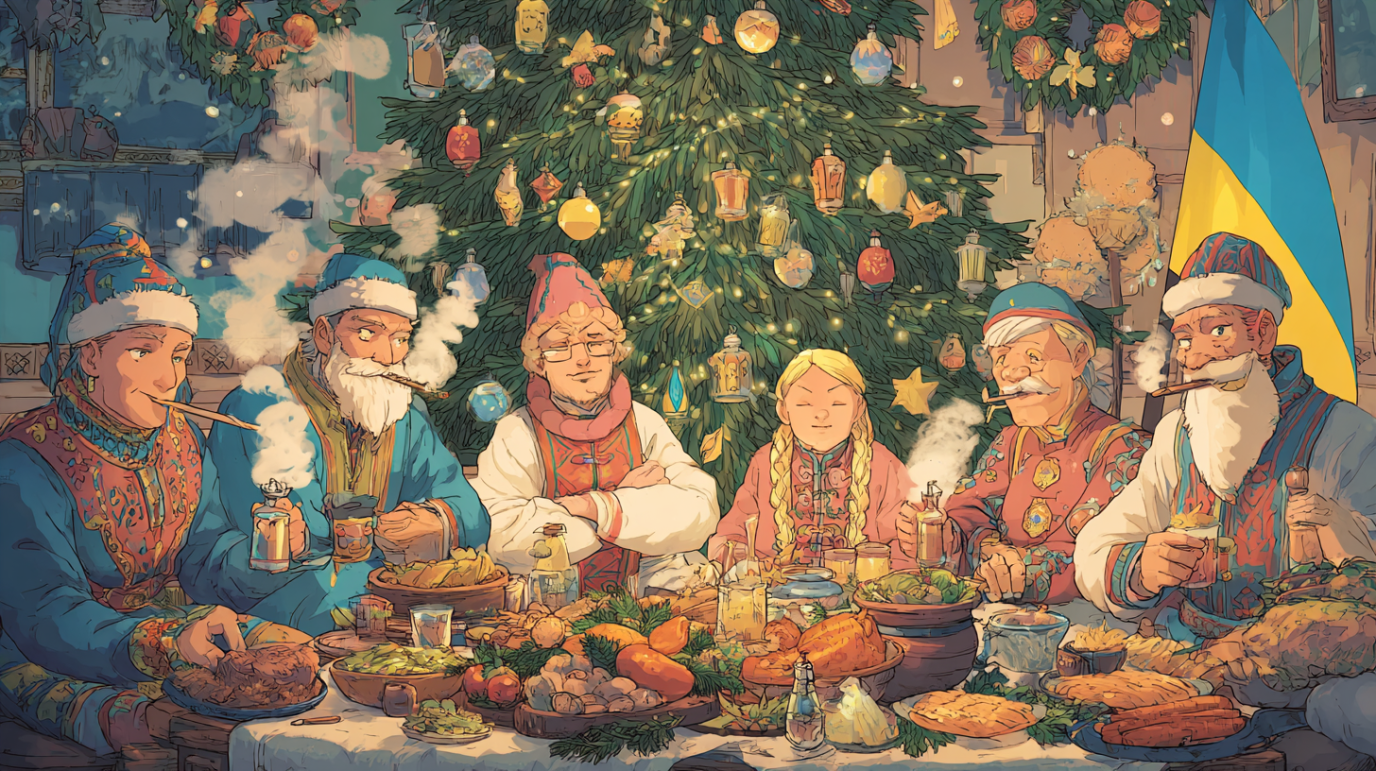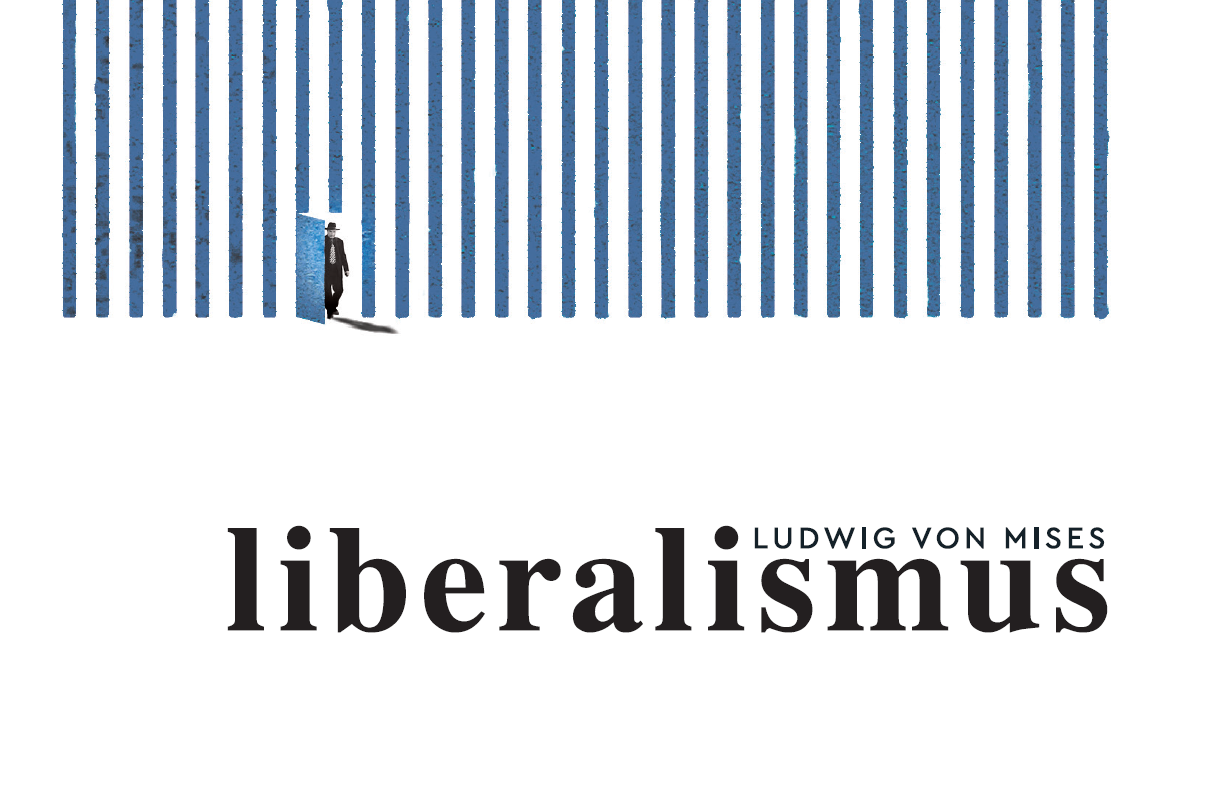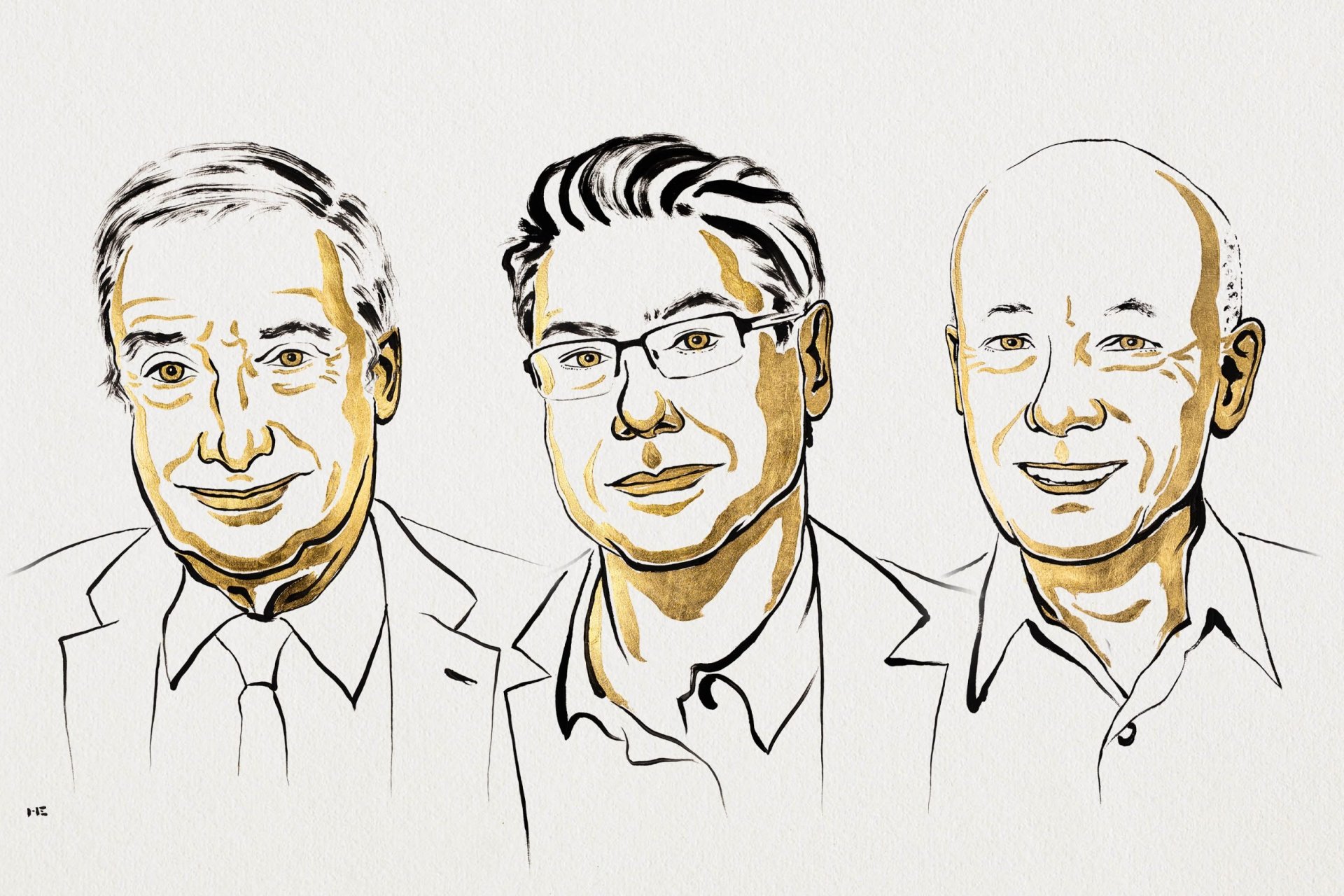While regulating, it imposes huge costs on firms, although those who want to manufacture harmful goods find other ways how to circumvent regulation and continue to do so. The result is that firms have to restructure their manufacturing processes in order to meet the EU criteria, which is, not surprisingly, very costly. What is worse, it is discouraging from doing such a business which then implies not creating jobs.[1] Yet, we still see products which are far from being recognized as healthy and people are buying them not knowing the actual or potential risks.
picture: Masahiro Ihara
The examples from the Czech republic[2] can be illustrated as an striking evidence of such practices:sausage with 11% of meat, Greenland spread with 1% of fish, liver pate for children with 6% of meat and 5% of liver, frozen ham pizza with 0,2% of ham (the rest of what looked like ham was manufacturing salami out of skins and leftovers), strawberry fruit beverage without strawberry extract, ketchup with 7% of tomatoes etc.
What lesson from this particular EU feature can be made? The evidence clearly indicates that firms are probably one step ahead the regulator because regulator doesn’t have perfect information or the regulator can be captured by subjects under regulation.[3] It is also worth bearing in mind indirect effects or that which are not seen to paraphrase Frederic Bastiat, such as about fat in milk in the USA: “…education about fat in milk has led to a huge drop in the level of fat we get from milk. But… there has been an almost identical increase in the amount of fat we are eating in our cheese!“ (Goolsbee 2006, pp. 18). As a result, instead of reaching desirable effect on consumer’s behavior, the EU regulation again and again chokes entrepreneurial activity and effort.
Sources
Goolsbee, A. “The 486th Convocation, Adress: ‘Why People Hate Economists (and Why We Don’t Care).’” The University of Chicago Record 41, no.1, 2006. Available onhttp://www.uchicago.edu/about/documents/chicagorecord/pdfs/41-1.pdf 12 July 2012.
European Commission, Financial Programming and Budget, Budget 2012 in figures.http://ec.europa.eu/budget/figures/2012/2012_en.cfm 12 July 2012.
[1] A few days ago I learned about an interesting example from the real life. In Krkonoše (The biggest Czech mountains) there was a farm named “Sosnova farma” where cows were bred and owners were doing a home-made butter, yogurt, cottage cheese and all sorts of dairy products. When the European Commission started to enforce its regulations, regulators came to the farm and said that everything has to be in stainless steel and that they cannot do it further in such way. Instead of restructuring the farm, owners closed it and moved away. That is just one sad example out of many.
[2] I would like to point out that I chose the Czech environment not because I want to defame it but because I am aware of the situation. My findings are fully transferable to the other countries if the problem with harmful food and additives exists.
[3] Which wouldn’t be surprise, given the heavily subsidized agricultural industry (40,8% of the EU budget goes on “Common Agricultural Policy”) and its influential lobby which can then pulling the strings in order to sell products more easily etc.

Institut liberálních studií je český klasicky liberální think tank se sídlem v Praze. Byl založen v červenci 2020. Institut liberálních studií byl založen s cílem rozvíjet a aplikovat ideje a programy založené na principech klasického liberalismu. Institut nepobírá žádné veřejné dotace a granty a ani se o ně neuchází.
Mezi lety 2020–2024 se jmenoval Liberální institut a navazuje na tradici původního českého Liberálního institutu, který fungoval mezi lety 1989–2020.







